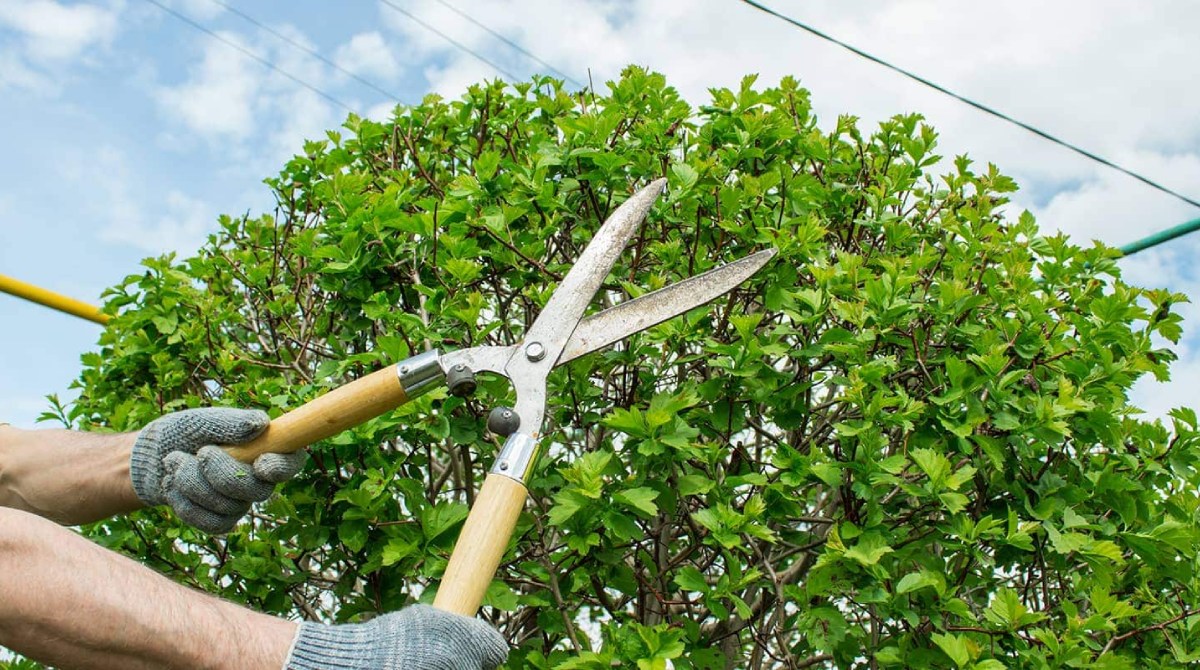
Pruning might seem like a simple task, but it's a vital part of keeping plants healthy and beautiful. Why is pruning important? Pruning helps remove dead or diseased branches, encourages new growth, and shapes plants for better sunlight exposure. It can also prevent safety hazards by keeping branches away from power lines or walkways. Regular pruning ensures that plants remain strong and productive, whether they are fruit trees, shrubs, or ornamental plants. Understanding the right techniques and timing for pruning can make a huge difference in the health and appearance of your garden. Ready to learn more? Let's dive into 29 essential facts about pruning!
What is Pruning?
Pruning involves cutting away dead or overgrown branches or stems to encourage healthy growth. It’s a common practice in gardening and agriculture.
-
Pruning promotes plant health by removing dead or diseased branches, which can prevent the spread of disease and pests.
-
It encourages fruit production. By trimming back certain parts of a plant, energy is redirected to fruit-bearing branches, resulting in more and better-quality fruit.
-
Pruning shapes plants. This helps maintain the desired size and shape, making them more aesthetically pleasing.
-
It improves air circulation. Removing excess branches allows air to flow more freely, reducing the risk of fungal infections.
-
Pruning can rejuvenate old plants. Cutting back old growth can stimulate the production of new, vigorous shoots.
Types of Pruning
Different plants and goals require various pruning techniques. Understanding these can help achieve the best results.
-
Thinning involves removing entire branches. This reduces density without altering the plant’s natural shape.
-
Heading cuts shorten branches. This encourages the growth of side branches, making the plant bushier.
-
Shearing is used for hedges. It involves cutting all branches to a uniform shape and size.
-
Deadheading removes spent flowers. This encourages more blooms and keeps the plant looking tidy.
-
Crown reduction reduces the size of a tree’s canopy. This is often done to prevent interference with power lines or buildings.
Tools for Pruning
Using the right tools can make pruning easier and more effective. Here are some essential tools.
-
Pruning shears are ideal for small branches. They are easy to handle and can make precise cuts.
-
Loppers are used for thicker branches. They have long handles, providing more leverage for cutting.
-
Pruning saws are necessary for very thick branches. They come in various sizes and shapes for different tasks.
-
Hedge trimmers are perfect for shaping hedges. They can be manual or powered, making quick work of large areas.
-
Pole pruners extend your reach. These are useful for high branches without needing a ladder.
When to Prune
Timing is crucial for effective pruning. Different plants have different needs.
-
Winter is the best time for most trees. They are dormant, reducing stress and the risk of disease.
-
Spring-flowering shrubs should be pruned after blooming. This ensures you don’t cut off next year’s flowers.
-
Summer pruning controls growth. It’s useful for fast-growing plants that need to be kept in check.
-
Fall pruning can be risky. It may stimulate new growth that won’t survive the winter.
-
Prune roses in early spring. This encourages strong new growth and abundant blooms.
Benefits of Pruning
Pruning offers numerous benefits beyond just plant health and aesthetics.
-
It increases sunlight penetration. This helps lower branches and plants beneath get more light.
-
Pruning improves safety. Removing dead or overhanging branches reduces the risk of them falling and causing damage.
-
It can increase property value. Well-maintained plants and trees enhance curb appeal.
-
Pruning can prevent structural damage. Trees growing too close to buildings can cause damage; pruning keeps them in check.
-
It helps manage plant size. This is especially important for plants in small gardens or containers.
Common Pruning Mistakes
Avoiding common mistakes can make your pruning efforts more successful.
-
Over-pruning can stress plants. Removing too much at once can weaken them.
-
Using dirty tools spreads disease. Always clean tools before and after use.
-
Improper cuts can damage plants. Make clean cuts at the right angle to promote healing.
-
Ignoring plant-specific needs. Different plants have different pruning requirements; research before you cut.
Final Thoughts on Pruning
Pruning isn't just about trimming branches; it's about promoting plant health, enhancing growth, and improving aesthetics. By removing dead or diseased parts, you help plants thrive. Regular pruning encourages new growth, making your garden lush and vibrant. It's also a great way to shape plants, giving your garden a neat, well-maintained look.
Remember to use the right tools and techniques for each plant type. Over-pruning can harm plants, so it's important to know when and how much to cut. Timing matters too; some plants benefit from pruning in late winter, while others do best in early spring.
Incorporate pruning into your regular garden care routine. Your plants will thank you with healthier growth and more beautiful blooms. Happy gardening!
Was this page helpful?
Our commitment to delivering trustworthy and engaging content is at the heart of what we do. Each fact on our site is contributed by real users like you, bringing a wealth of diverse insights and information. To ensure the highest standards of accuracy and reliability, our dedicated editors meticulously review each submission. This process guarantees that the facts we share are not only fascinating but also credible. Trust in our commitment to quality and authenticity as you explore and learn with us.
